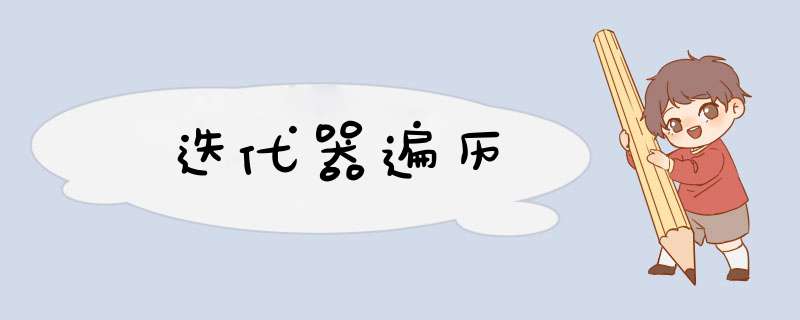
-
Collection接口遍历元素方式:使用Iterator(迭代器)
-
Iterator对象称为迭代器,主要用于遍历Collection集合中的元素;
-
所有实现类Collection接口的集合类都有一个Iterator()方法,用以返回一个实现了了Iterator接口的对象,即剋返回一个迭代器;
-
Iterator仅用于遍历及格,Iterator本身并不存放对象。
-
Iterator iterator = list.iterator(); //得到一个集合的迭代器
while (iterator.hasNext()) { //hasNext():判断是否还有下一个元素
Object next = iterator.next(); //1.指针下移 2.将下移以后集合位置上的元素返回
-
再调用iterator.next()方法之前必须要调用iterator.hasNext()进行检测。若不掉哦那个,且吓一跳记录无效,直接调用iterator.next()会抛出NosuchElementException异常。
import java.util.ArrayList;
import java.util.Iterator;
import java.util.List;
public class Iterator01 {
public static void main(String[] args) {
List list = new ArrayList();
list.add(new Books("红楼梦","曹雪芹",25.8));
list.add(new Books("西游记","吴承恩",30.8));
list.add(new Books("水浒传","施耐庵",28.8));
list.add(new Books("三国演义","罗贯中",25.8));
Iterator iterator = list.iterator(); //得到一个集合的迭代器
while (iterator.hasNext()) { //hasNext():判断是否还有下一个元素
//next编译类型Objetc,运行类型取决于真正存放的类型
Object next = iterator.next(); //1.指针下移 2.将下移以后集合位置上的元素返回
System.out.println(next); //输出得到元素
}
//二次遍历需要重置对象
System.out.println("============二次遍历============");
iterator = list.iterator(); //得到一个集合的迭代器
while (iterator.hasNext()) { //hasNext():判断是否还有下一个元素
//next编译类型Objetc,运行类型取决于真正存放的类型
Object next = iterator.next(); //1.指针下移 2.将下移以后集合位置上的元素返回
System.out.println(next); //输出得到元素
}
}
//快捷键: while --> itit
//快捷键: 显示所有快捷方式 --> Ctrl + j
}
class Books{
private String name;
private String author;
private double price;
public Books(String name, String author, double price) {
this.name = name;
this.author = author;
this.price = price;
}
public String getName() {
return name;
}
public void setName(String name) {
this.name = name;
}
public String getAuthor() {
return author;
}
public void setAuthor(String author) {
this.author = author;
}
public double getPrice() {
return price;
}
public void setPrice(double price) {
this.price = price;
}
@Override
public String toString() {
return "Books{" +
"name='" + name + ''' +
", author='" + author + ''' +
", price=" + price +
'}';
}
}
欢迎分享,转载请注明来源:内存溢出

 微信扫一扫
微信扫一扫
 支付宝扫一扫
支付宝扫一扫
评论列表(0条)